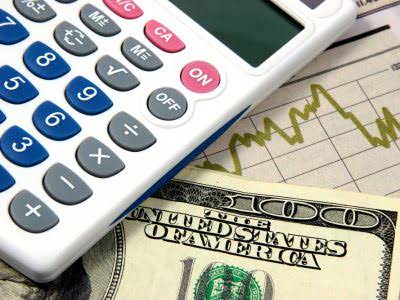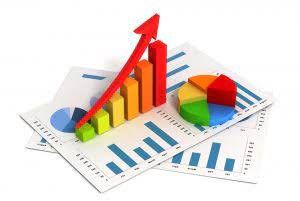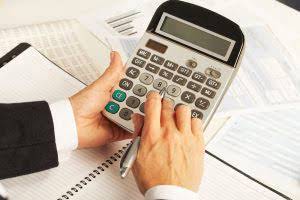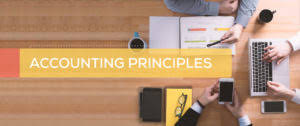
If the equipment is junked there will be a loss equal to its book value. Incidental costs are revenue expenditures, and are not included in calculating the capital gain or loss. The journal entry started with what we already knew – the cost and accumulated depreciation. We left 2 lines blank in the middle of the journal entry, so the sales price and gain or loss could be recorded.

Types of Assets in a Balance Sheet

If a company produces machinery (for sale), that machinery is not classified as property, plant, and equipment, but rather is classified as inventory. The same goes for real estate companies that hold buildings and land under their assets. Their office buildings and land are PP&E, but the houses or land they sell are inventory. Accumulated depreciation is a contra-asset account which accumulates total depreciation expense charged on a fixed asset over its useful life. It is subtracted from the cost of the asset to arrive at carrying value of the asset on the balance sheet.
Accounting for Plant Assets
The cost incurred would include legal fees, commissions, borrowing costs up to the date when the asset is ready for use, etc., are some of the examples. Understanding PP&E is important for investors since it provides insights into how a company is managing its capital, helping determine how its expenditures will impact growth. Companies don’t generally sell their PP&E but if they are in need of money they can sell some types, such as buildings, land, etc. Overall, resale scenarios depend greatly on the type of PP&E assets a company has. This could be if they are in dire need of cash or because the asset has reached the end of its useful life and is being sold for scrap. For capital-intensive companies, these issues can be critical to the success or failure of the business.
- However, during 2025 the estimated salvage value was reduced to $5,000.
- The depreciation will also continue, and the asset is tested for impairment till the carrying amount becomes zero.
- Fixed assets include property, plant, and equipment (PPE) and may be recorded on the company’s balance sheet under that classification.
- Entities may even keep it simple and present only one line item for fixed assets equal to the net value of fixed assets at a point in time.
- This helps both sides—the giver gets a tax write-off and the receiver gains valuable tools without cost.
Examples of Fixed Assets, in Accounting and on a Balance Sheet
- For example, a company purchases a new manufacturing machine for £100,000.
- These examples demonstrate how to calculate net PP&E using different depreciation methods, illustrating how the book value of an asset changes over time as it depreciates.
- There are different methods of depreciation that a business entity can use.
- The method in which the asset has been financed has an impact on the financial viability of the company.
- These assets are typically significant investments and have long useful lives, but they do depreciate over time due to natural wear and tear.
For the past 52 years, Harold Averkamp (CPA, MBA) has worked as an accounting supervisor, manager, consultant, university instructor, and innovator in teaching accounting online. Plant assets (other than land) are depreciated over their useful lives and each year’s depreciation is credited to a contra asset account Accumulated Depreciation. Impairment occurs when an asset’s market value or utility has significantly declined, such as due to damage or technological obsolescence. If an impairment is identified, the asset’s book value must be adjusted to reflect this loss.
Formula: Net PP&E = Gross PP&E – Accumulated Depreciation
If made in-house or bought, it must serve https://www.bookstime.com/ the business for years to make it a plant asset. Proper asset management ensures that moveable equipment is used efficiently and maintained well over time. Perform impairment tests whenever there are indicators of impairment, such as significant declines in market value, changes in the asset’s use, or adverse economic conditions.
- Contributions received should be credited to revenue unless the contribution is from a governmental unit.
- Usually, at this point, students are a showing a slight glaze over their eyes.
- The annual depreciation expense is calculated by subtracting the asset’s residual value (salvage value) from its cost and then dividing by the asset’s useful life.
- For example, straight-line depreciation divides an asset’s initial cost by its expected lifespan.
- An older average age may indicate the organization will require reinvestment in fixed assets in the near future.
- In other words, it’s the total carrying value of all equipment, buildings, vehicles, machinery, and other fixed assets.

So any expected future assets cannot be capitalized now because of the lack of historical transactions. Undistributed pamphlets saved for promotion in the future can however be included in the inventory assets. So far, I have explained what assets are, their characteristics, and types, but as an accounting beginner, it’s equally important for you to learn about what are not assets. The method in which the asset has been financed has an impact on the financial viability of the company. Whether this has been done through available cash, or the asset is financed through debt or equity.
Buildings and Building Improvements

The account can include machinery, equipment, vehicles, buildings, land, office equipment, and furnishings, among other things. Note that, of all these asset classes, land is one of the only assets that does not depreciate over Certified Public Accountant time. Businesses own numerous assets, including real estate, vehicles, machinery, and intellectual property. These assets contribute to and can be critical to the company’s financial well-being and balance sheet.
These assets plant assets examples are held by businesses for use in the production or supply of goods and services, for rental to others, or for administrative purposes. Depreciation is the wear and tear of the asset, which occurs due to its daily usage. In loose terms, the difference between the salvage value and the actual cost of the asset is known as depreciation.





